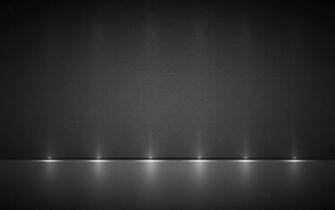

The main thing you have to keep in mind is this involves a lot of trial and error, so take it slowly and adjust one thing at a time. If you stick with it, you'll figure it out, and next thing you know it will be second nature.

So, make sure you dedicate some time to learning this, and don't just give up after having one frustrating dive. This took me a whole dive to start getting it, and another few dives to really dial it in. Understanding the theory is the easy part, but the hard part is actually learning the technique. Learn more about underwater settings in this tutorial. With a slower flash sync speed you will need to use a higher aperture, and with a compact that does not allow you to stop down that much, you will need to increase the shutter speed up to the 1/320 sec range.

BLACK BACKDROP LIGHTING PLUS
On the plus side, this strobe positioning also provides some benefits in terms of light quality. If you are getting washed out photos with large light patches in them, then you have to bring your strobes back towards the housing, and then either angle them out more or pull them a bit more out to the sides. The other issue you will typically run into is the strobe light hitting your macro port too directly, causing reflections on your lens and port and leading to very washed-out, unusable photos. However, as long as you get very close to your subject, you should not have any issues, unless the visibility is particularly terrible. Note that this strobe positioning will create more backscatter than "traditional" strobe positioning. You just have to angle your strobes inwards, as per the below diagram. However, if you can find an angle which provides about 6" to 12" (or more) of open water between the subject and the substrate behind it, then you can shoot this with a black background (without using a snoot). If a subject is right in front of the substrate, then no amount of strobe position monkeying will create a black background. Any subject which has some sort of substrate behind it will typically have that substrate lit by your strobe light, which can reduce the quality of your image. When shooting macro with forward-facing strobes, it can be quite hard to find subjects with lots of clear water behind them, making it difficult to shoot black background images. If you want to learn about basic strobe positioning, check out this strobe position tutorial. If you are not familiar with shooting black background images using traditional forward-facing strobe positioning, then check out this black background tutorial first. The intent of this article is to provide a strobe positioning technique to allow you to shoot black background images in more shooting situations (a lot more).


 0 kommentar(er)
0 kommentar(er)
